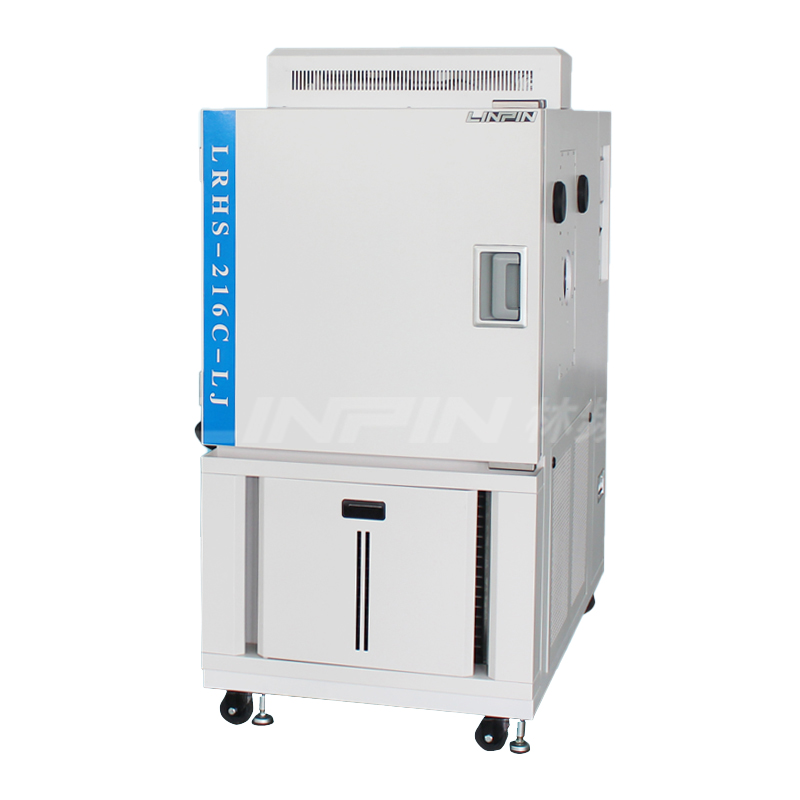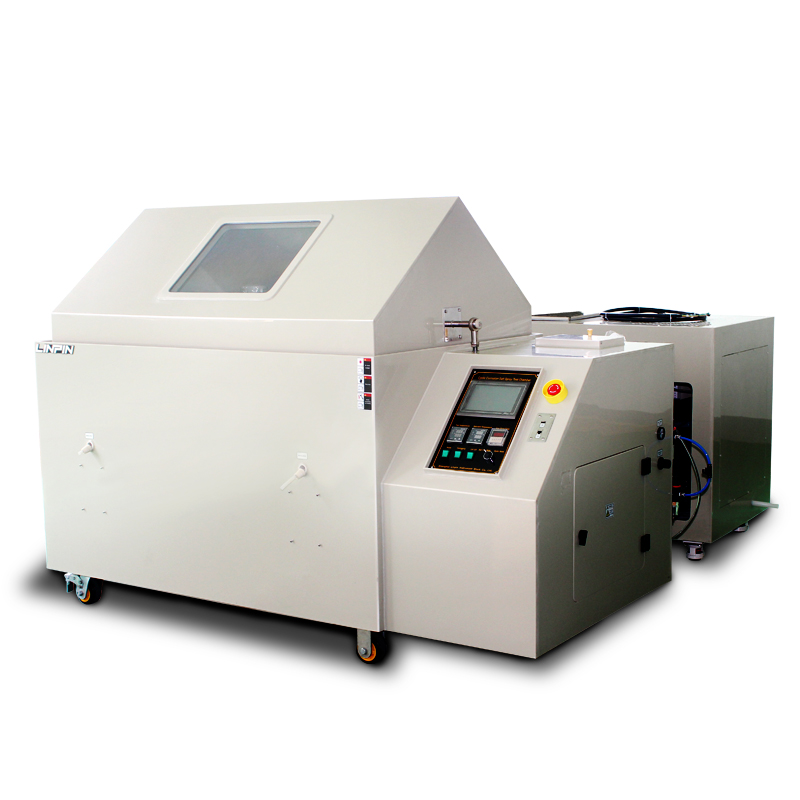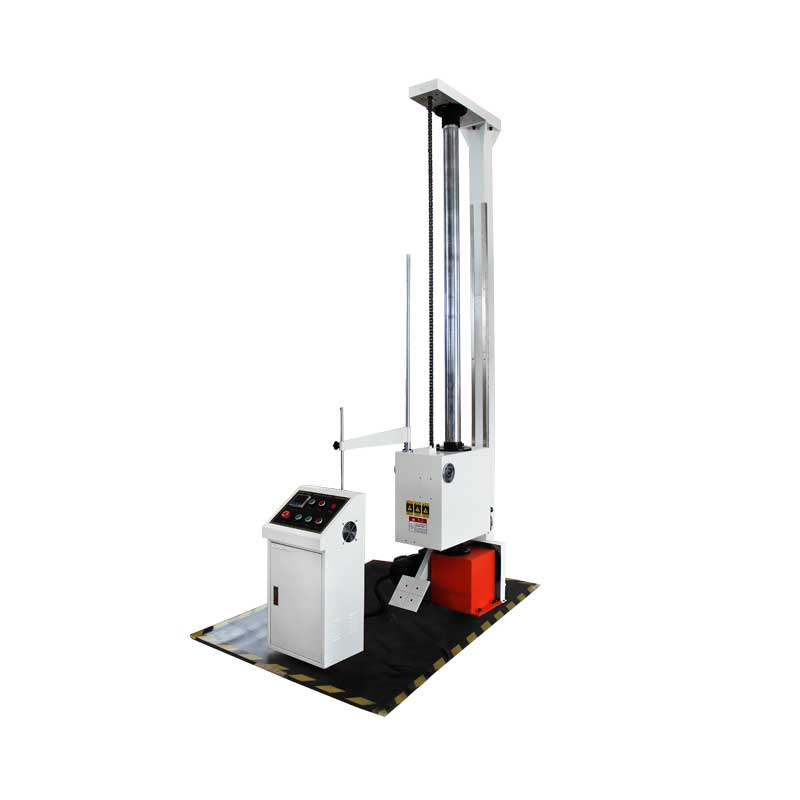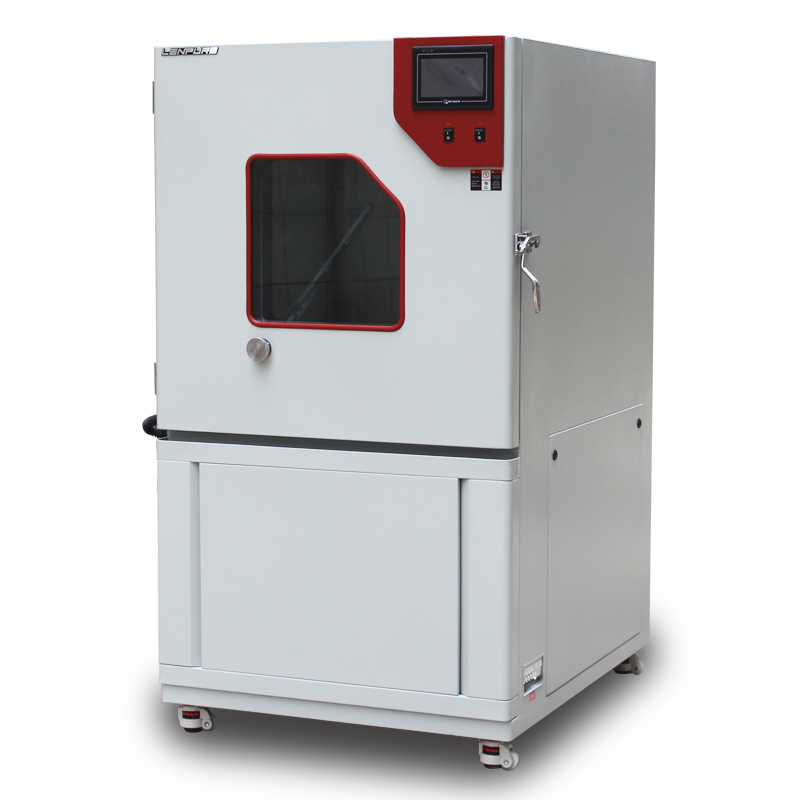Where Is the Temperature Humidity Test Chamber Mainly Used in Daily Life?
Author:LINPIN Update Time:2025-03-25 Source:LINPINThe Temperature Humidity Test Chamber features an accurate temperature and humidity control system. It provides various environmental simulation conditions required for industrial research and biotechnology testing. Therefore, it is widely used for sterility testing in fields such as electronics, electrical engineering, pharmaceuticals, textiles, and food processing. It is also used for testing the stability of industrial products, the performance of raw materials, product packaging, and product lifespan.
The purpose of this experiment is to check the power consumption of the same Android phone under normal, low, and high temperature conditions.
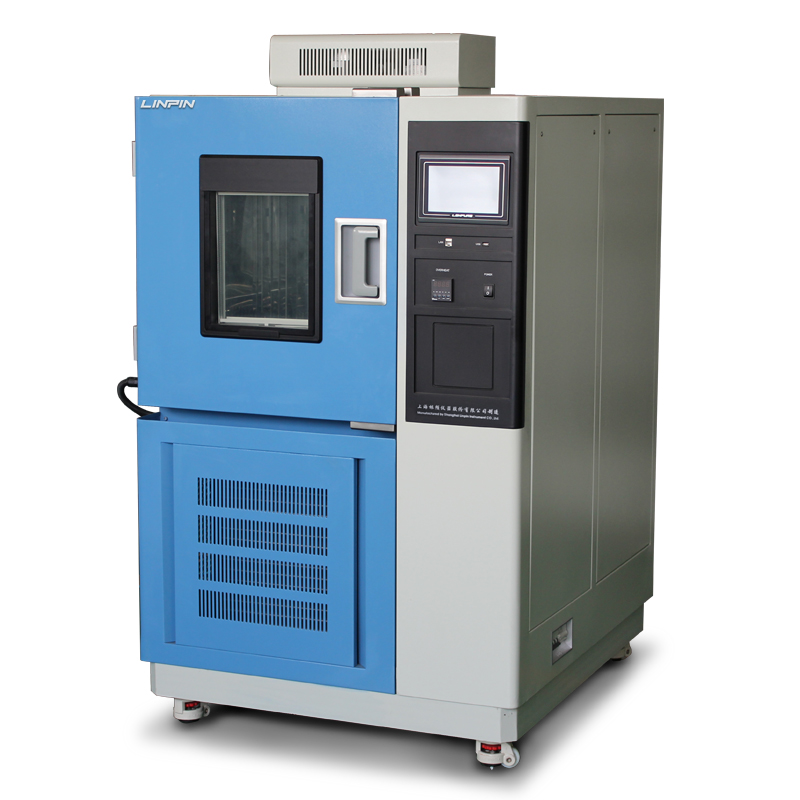
- Testing Equipment: Constant Temperature and Humidity Test Chamber, Android Phone
This time we will explore the relationship between phone power consumption and temperature environments. The experimental equipment used is the “Constant Temperature and Humidity Test Chamber.” This chamber is a testing device used in scientific research and other fields, allowing experiments in a constant temperature environment. In this experiment, we use it to create extremely cold and hot environments to observe the phone’s power consumption under different conditions. The mobile device used is specified as an Android phone. - Testing Method: Operating for 30 minutes in cold/hot/normal environments
We will use the constant temperature and humidity test chamber to simulate three different environments: winter (extremely cold), summer (extremely hot), and spring/autumn (normal temperature). Since the official working temperature range for the Android phone is 0°C to 35°C, we set the extremely cold environment to 0°C, the extremely hot environment to 35°C, and the normal temperature environment to 26°C.To avoid errors caused by the different battery consumptions of various phones, we will use the same Android phone throughout the entire testing process. After fully charging the device, it will be placed in the constant temperature and humidity test chamber, set to the specified temperature, and will continue playing a video for 30 minutes. To avoid errors when reading the remaining battery power in extremely cold or hot environments, we will shut down the phone after testing and then restart it at normal temperature to check the battery level for statistical purposes. - Testing Results:
By using the constant temperature and humidity test chamber to test the Android phone at extremes of 0°C, 35°C, and normal 26°C environments, we obtained different power consumption results. In the extremely cold environment of 0°C, playing a video for 30 minutes and then returning to normal temperature resulted in the phone’s battery level dropping from 100% to 76%. In the extremely hot environment of 35°C, after playing a video for 30 minutes and returning to normal temperature, the phone's battery level dropped from 100% to 82%, while the battery at a normal temperature of 26°C dropped from 100% to 79%.
The test results indicate that there are significant differences in battery consumption rates of the phone while operating at different temperature environments. Within the normal operating temperature range of the Android phone, the lower the environmental temperature, the faster the battery drains; conversely, the higher the environmental temperature, the slower the battery drains.
This concludes the test results of the Android phone using the constant temperature and humidity test chamber.

